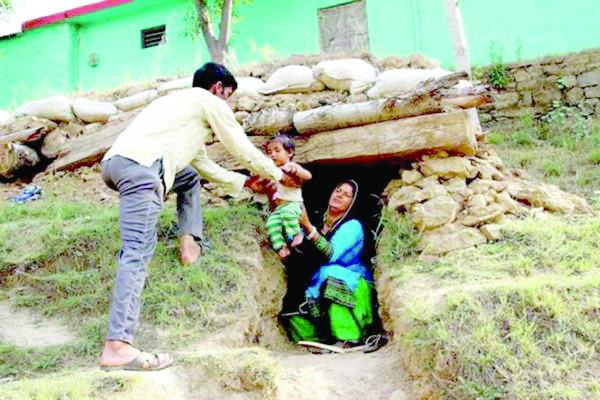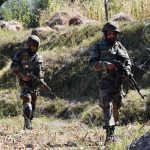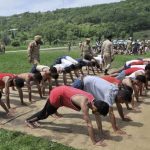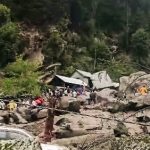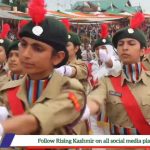In the lush, emerald fields of Karnah near the Line of Control (LoC) in north Kashmir’s Kupwara district, spring has arrived. Women bend over the land, cutting grass with rhythmic swipes of sickles, while men prepare the soil for the upcoming corn harvest — a seasonal tradition as old as the mountains that encircle their village. Yet, beneath the quiet rhythm of rural life, an invisible tension lingers — the fear of a single sound that could shatter this fragile peace.
“Every single sound of a bullet takes our breath away,” says 65-year-old Ghulam Mohidudin, his voice steady but eyes heavy with the weight of years of conflict. A former Sarpanch, Mohidudin has lived through the 1971 war between India and Pakistan and decades of deadly ceasefire violations that have left deep scars across Karnah and its people.
“I’ve seen children lose limbs. I’ve buried neighbours who never had a chance to take cover,” he recalls. “Even in moments of peace, the silence feels temporary — like the calm before a storm.”
For the past eight years, that storm has not come. Ceasefire agreements have largely been respected, and the sound of artillery has remained silent. But for the people of Karnah, and neighboring villages like Tangdhar, Teetwal, and Gundi Gujran, peace feels fragile — a candle flickering in the wind. Following the Pahalgam attack, which left 26 tourists dead, tensions between India and Pakistan have flared again. In response, the Indian government has taken a series of diplomatic actions, including suspending the Indus Water Treaty and deporting Pakistani nationals. The Wagah-Attari border has also been shut.
Javaid Mirchal, the Member of Legislative Assembly (MLA) from Karnah, says the fear is evident in every face. “God forbid if war returns, people here will die for lack of basic medical care,” he warns.
Mirchal points to the dilapidated state of health infrastructure in the border region. “We don’t have specialists, no operation theatres. Even minor emergencies require a referral to hospitals that are hours away. In a conflict situation, that delay could be fatal.”
Mirchal has long advocated for the construction of modern community bunkers — not only for emergency shelter but as a long-term safety measure. “We’re not asking for luxuries,” he says. “We’re asking for the right to survive.”
In a modest mud house near the Gundi Gujran ridge, 25-year-old Fareeda Bano speaks quietly about the constant fear that has marked her life. “We don’t talk about the war much,” she says softly. “But every loud noise — a thunderclap, a truck backfire — makes my brother flinch.” Fareeda’s brother lost his leg to a Pakistani shell when she was just five years old.
Like many young people in Karnah, Fareeda dreams of a future far from bunkers and the looming threat of conflict.
Back in the fields, 75-year-old Noor Din recalls a spot that has witnessed more fire than rain. “We’ve aged watching the skies, listening for the whistle of a mortar,” he says.
For the people of Karnah, life is a delicate balance between resilience and vulnerability. “We don’t want war, not for land, not for pride,” he said. “All we want is peace — real peace. And maybe, a place to hide when the world forgets us again.”



